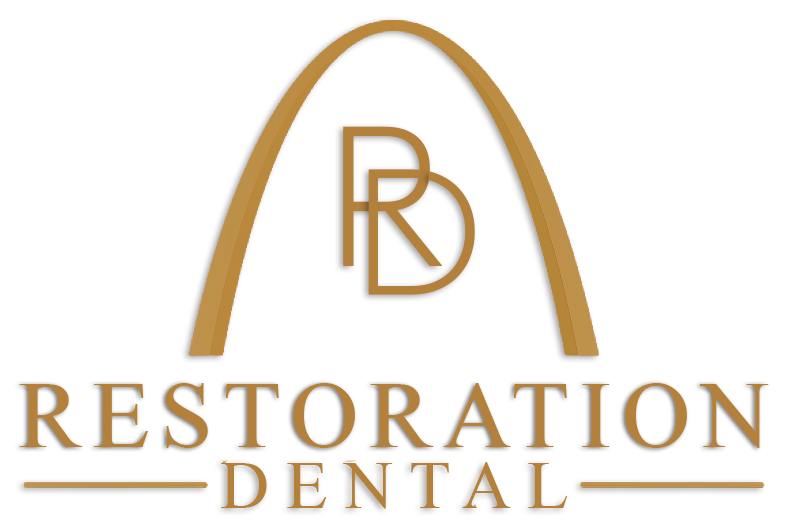What are Digital X-Rays?
A digital dental X-ray gives Restoration Dental a more complete view of your oral health than a regular exam. This technology, also called digital radiography, furnishes a detailed picture of the teeth, bones, and soft tissues surrounding your teeth and jawbones. Consequently, your dentist can identify and address developmental problems, damage, or disease before they escalate.
Benefits of Digital X-Rays
Immediate Access
Digital X-rays produce an image readily displayed on a screen. This saves time over waiting for conventional X-rays to develop. Your dental professional can also enhance digital X-rays to optimize their usefulness in diagnosing and treatment planning.
Environmentally Friendly Storage
Digitized dental X-ray images are easily scanned for electronic storage and transmittal. In addition, they’re much easier to retrieve and share than conventional X-rays. Further, digitization does not require the use of hazardous chemicals and increasing physical storage space.
Lower Radiation
Research suggests that digital X-ray equipment produces up to 70% less radiation than traditional X-ray equipment. This means that you may incur significantly lower risks of side effects from long-term X-ray exposure.
Methods of Digitizing Dental X-Rays
Your dental office can use direct, indirect, or semi-indirect methods to digitize and scan your images. With the direct method, dental assistants place an electronic sensor in the mouth to record images. The indirect digital method utilizes an X-ray film scanner which views standard dental X-rays as digital images. The semi-indirect method combines a sensor and scanner to transform conventional dental X-rays into digital film.
Types of Digital Dental X-Rays
The dental professionals at Restoration Dental take intraoral digital images inside the mouth or extraoral images outside the mouth. Intraoral X-rays are the most common type. Their sharp detail makes them ideal for detecting cavities, checking developing teeth, and assessing teeth and bone health. Extraoral X-rays pinpoint impacted teeth, observe jaw development and check for potential issues between teeth, jaws, and other facial bones.
Intraoral X-rays
- Bitewing X-rays: used to find decay between teeth and bone density changes caused by gum disease. Also used to determine fits for same-day crowns.
- Periapical X-rays: used to explore root structure and surrounding bone structure. Aids in diagnosing advanced gum disease and abscesses.
Extraoral X-rays
- Panoramic X-rays: used in detecting impacted wisdom teeth, diagnosing bony tumors, and planning treatment for dental implants.
- Cephalometric projections: help examine teeth in relation to the jaw and profile. Used in developing orthodontic treatment plans.
- Multi-slice computed tomography (MCT): displays a chosen layer or “slice” of the mouth. Used to examine structures that are otherwise difficult to see.
- Dental Cone-beam Computed Tomography (CBCT): builds a 3D image of your teeth, mouth, and jaw. Can extract information about nerve pathways, bone health, and soft tissues in addition to the tooth structure to minimize invasive measures.
Digital X-rays are an important part of your dental treatment plan. To limit your exposure to radiation, your dentist should perform only as many X-rays as necessary for a thorough examination. Feel free to ask our dental professionals here at Restoration Dental about the frequency or types of digital X-rays they use or recommend. Schedule a dental exam today and let our team help keep your smile healthy and bright.

